A national religious holiday for Christians and Muslims alike, Eid Al Saydeh is also known as the Feast of the Assumption of the Virgin Mary. A period of fasting and mourning, when no weddings or communions occur, starts on 1 August and ends at sundown on the eve of 14 August, leading to the feast day on 15 August. Following this period, celebrations take place across Lebanon.
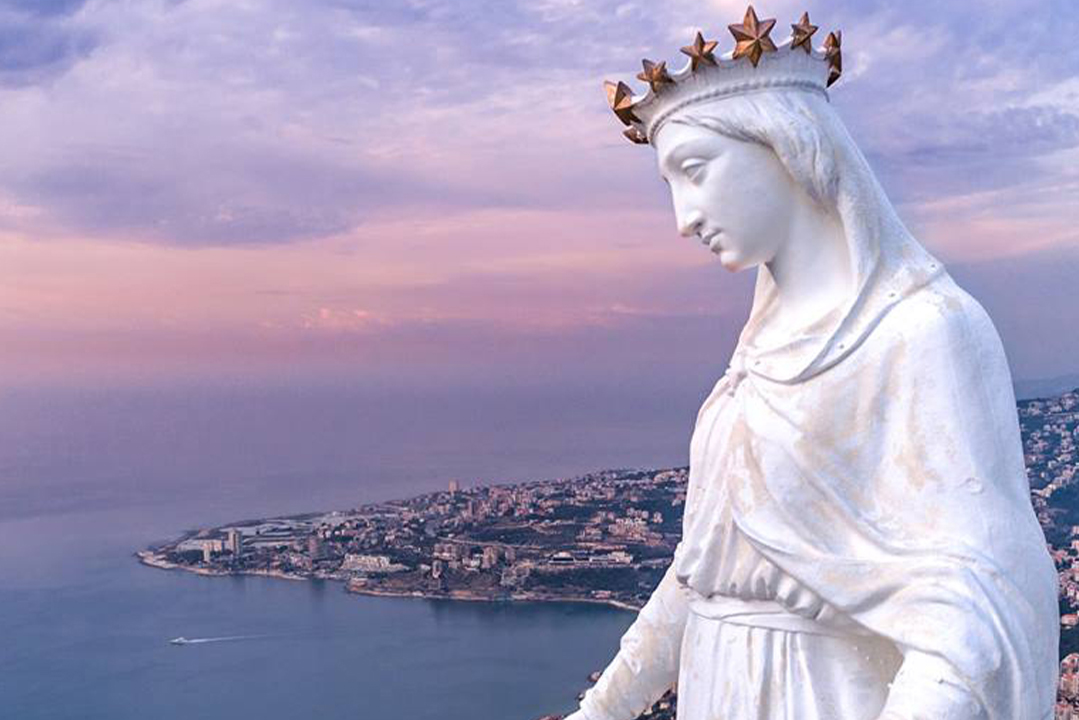
Photo – Rami Rizk
According to the belief of Roman Catholics, Maronites and other Western Christians, the Assumption of Mary was the bodily and spiritual taking up of the Virgin Mary into Heaven at the end of her life. Catholic Church teaches a dogma which Pope Pius XII dogmatically and infallibly defined, that the Virgin Mary “having completed the course of her earthly life, was assumed body and soul into heavenly glory.”
“The Greek Orthodox and Eastern churches know this belief as to the Dormition of the Theotokos, whereby the Virgin Mary rose in spirit and her body is till today, buried in Jerusalem,” says Father Constantine Nassar of the Greek Orthodox Saint Nicholas Church in Achrafieh, Beirut. In the churches, which observe it, the Assumption is a significant feast day.
The Assumption of Mary is said to have been a divine gift to her as the “Mother of God,” whereby she rose to heaven. Western Christians also believe that she was free from impurity and was annunciated while in her mother’s womb.
“On the other hand, the Greek Orthodox and Eastern Christians see that the Virgin Mary was born and raised an ordinary human being and was annunciated after archangel Gabriel appeared to her and said that she would become the mother of Jesus Christ. Therefore, to the Greek Orthodox and Eastern Christians the Virgin Mary is a ‘means’ to salvation, while to Western Christians she is a ‘partner’ in salvation,” says Father Constantine.
Mary is the most sacred female figure in Christianity and Islam. The religious sites of Maghdouche and Harissa are visited by both Christians and Muslims. Her feast is one for all sects in Lebanon.
Festivities around the country
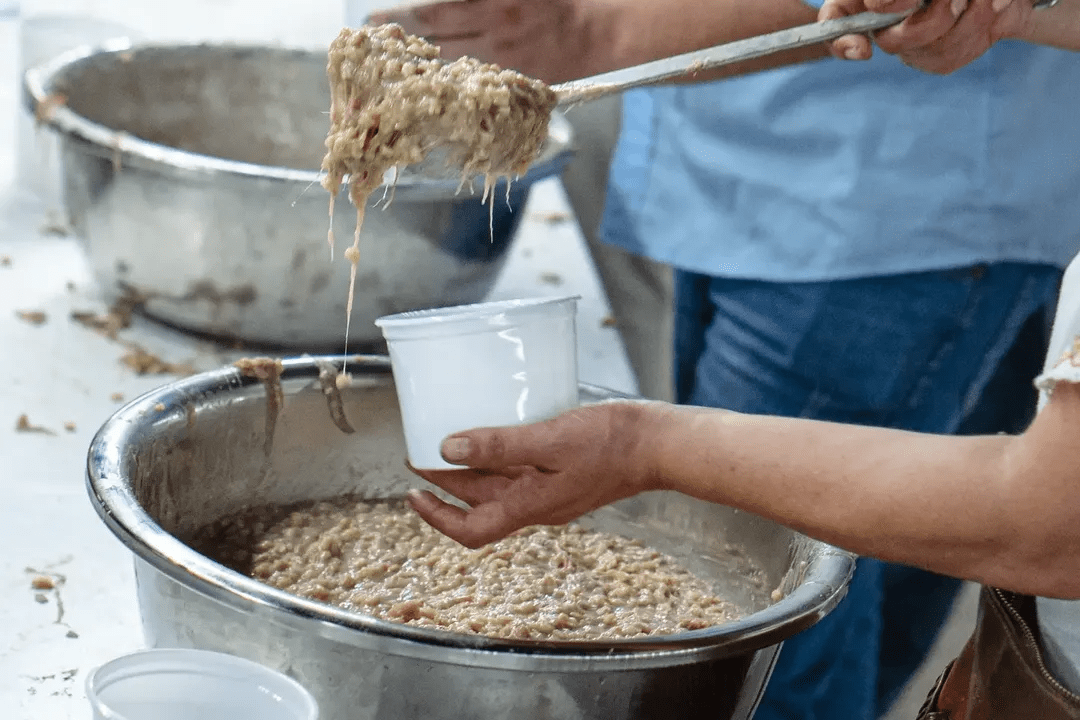
The traditional dish for the feast of the Assumption of Mary is hreeseh, a broth made from boiled wheat and chunks of lamb/beef bones and cutlets. It is a healthy, nutritious meal symbolic of the basic essentials of life: wheat, water and some meat to flavor a broth. Today, every cook adds their perfecting ingredient to make this dish a must-have during the feast and a delicious one.
Anfeh is a coastal town in North Lebanon located 65 km from Beirut. The Crusaders built Our Lady of Al-Natour Monastery on the Cape of Al-Natour over Byzantine ruins at Raas Al-Natour, an area that lies opposite to the Anfeh Peninsula. People from the entire region visit this historic monastery during this feast. The Our Lady of the Wind Church is another site built during the Byzantine era and located on the peninsula’s northern coast. The town’s importance stems back to this church, which many historians consider to be the oldest church in the Middle East. It is decorated with frescos that are so faded that they can only be viewed when the wall is wetted with clean water. The church is located amid now endangered salt marches.
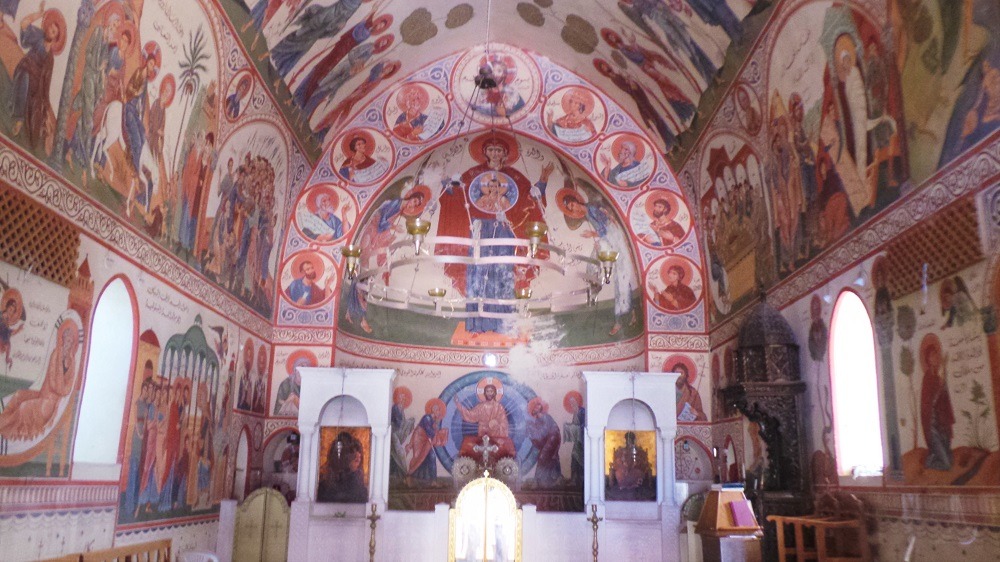
Beirut’s urbanites take comfort in the cozy Church on Makhoul Street in Ras-Beirut, where special masses are held for the occasion, followed by a festive reception of Hreeseh, Lebanese delicacies and neighborhood fireworks.
Bhamdoun is also famous for its festivities around the Saydeh Church located in the main village square better known as “Sahat Eddayaa.” Given its proximity to Beirut, Bhamdoun wlecomes many Beirutis during the summer months. Indeed, each household triples in number on this day, and the streets are filled with people from all over. A night mass is held while hreseeh is prepared right under the terrace of the church. Another unique feature of Bhamdoun is the famous local “tamrieyh,” a crunchy square pastry made only on exceptional occasions!
Deir el Qamar, situated in the Chouf region, is a much-frequented destination for tourists seeking a dry, cool climate. Chouf locals cooperate on creating an experience that showcases the region’s staple traditional crafts, foods, tapestries, flavors and homemade delicatessens, such as jams, syrups, orange blossom water, olive oil and, most importantly, hreeseh.
The mountain villages of Faraya and Faqra come alive with concerts, dance performances, handicraft exhibitions, book animation sessions and a variety of activities.
Hamatoura, a village near Kousba in the Batroun region, houses an ancient church built into the rocks of the mountains. Known as The Church of Dormition, or “Kneesit Rukkad Al Saydeh,” it attracts worshippers from around the country for a special mass that is held there during this time.
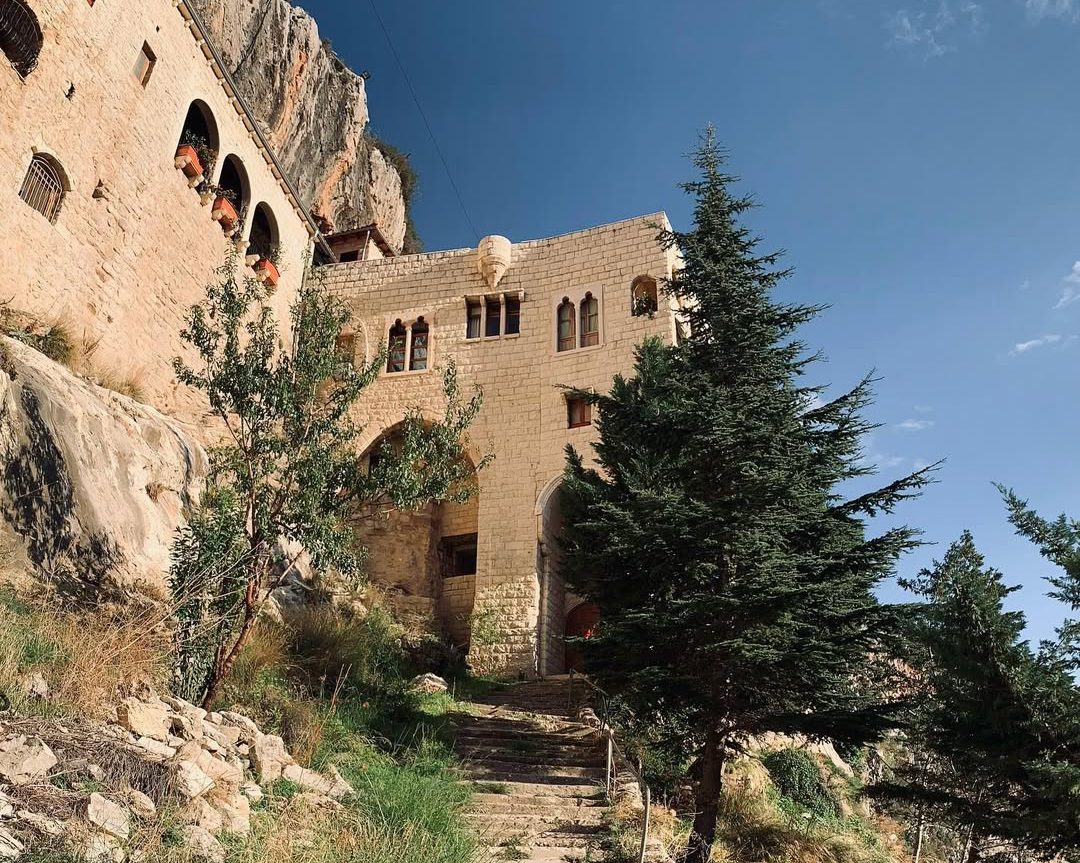
Jezzine is a town located 73 km south of Beirut at an altitude of 950m, where grand religious and cultural festivities take place during this holiday. The town is famous for its shrine of Our Lady of the Waterfall. Jezzine features ancient sarcophagi and Crusader remains as well as sites scattered across the town, including the Saint Antoine Convent, built in 1774. Kafr Jarra, a village that lies south of Jezzine, is home to the Church of Saint John the Baptist. Built in the 16th century, it is one of the oldest churches in the area.
According to Christian belief, when Jesus came to Saida, the Virgin Mary waited for him at the top of the hill where Maghdouche is located today. It is believed that she spent the night in a cave that came to be known as Mantara, or the “Awaiting.” Emperor Constantine the Great responded to Saint Hélène’s request and transformed the cave into a sanctuary for the Virgin Mary, erecting a tower in her honor. Unfortunately, the tower collapsed during the earthquake of 550. Later, King Louis IX erected a watch tower in the same location. A shepherd discovered the Mantara cave accidentally in 1726 and found a Byzantine icon of the Virgin Mary, dating back to the 7th or to the 8th century. Since then, the cave has been transformed into a place of pilgrimage for all the Lebanese confessions. In 1860, the Greek Catholic Church transformed the cave into a sanctuary in 1880.
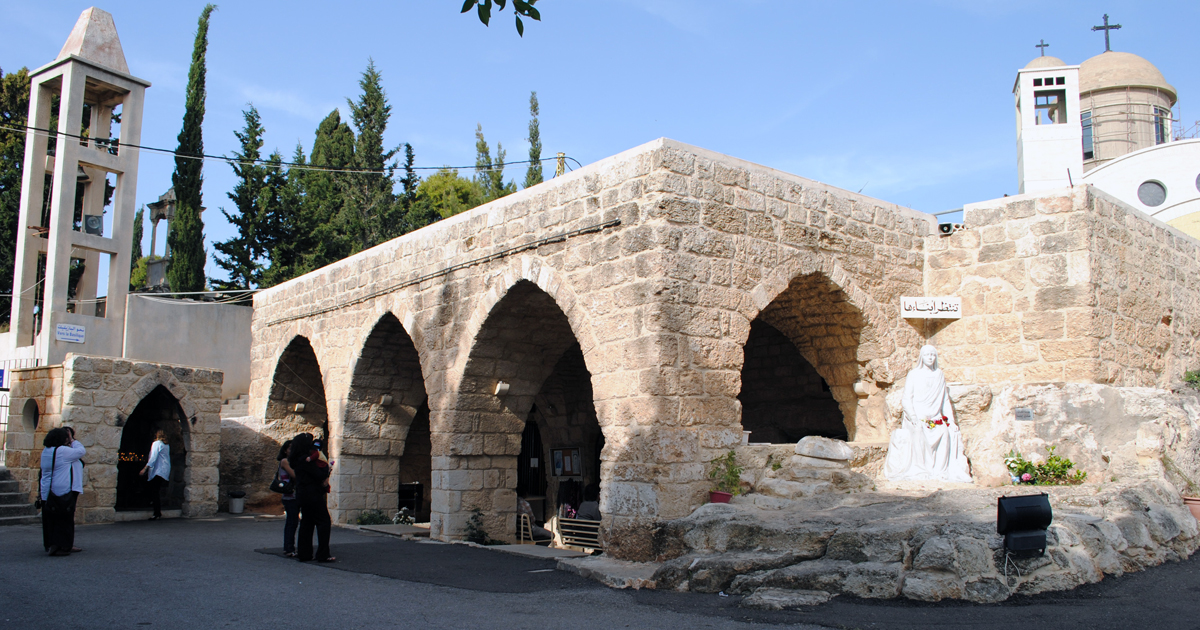
A Marian shrine is located in the city of Zahle in the Bekaa Valley. A 10-meter-high bronze statue of the Virgin Mary, sculpted by Italian artist Pierroti, rests on a 54-meter high tower, crowning a hill known as Tel Chiha. An elevator takes pilgrims and tourists up to a platform overlooking the brick-adorned town, offering panoramic views of the valley. At its base, the tower houses a small chapel that seats nearly 100 people.
If you enjoyed this, don’t miss our mini guide to Anfeh, home to some of the churches featured in this article.
Loading
